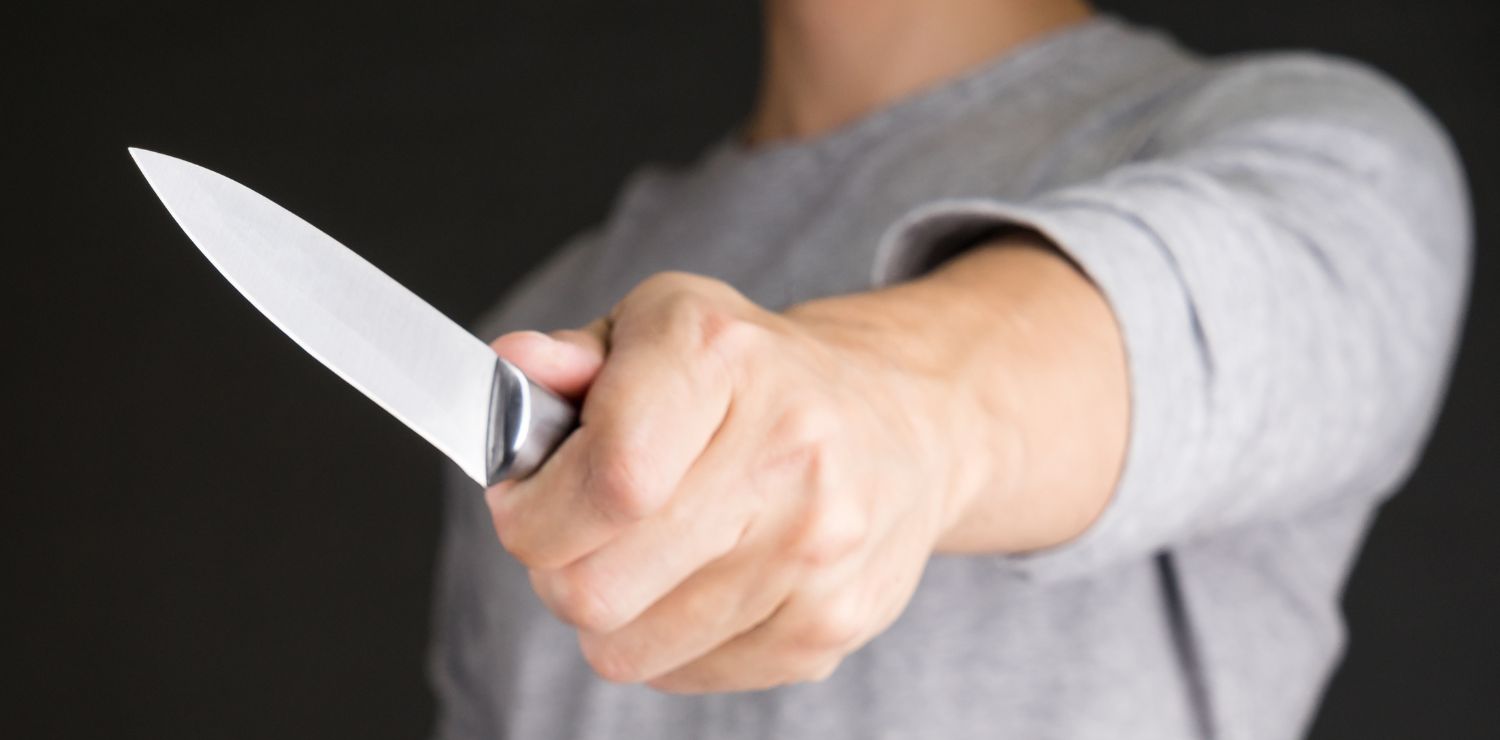Japanese knives are renowned for their precision, sharpness, and exceptional design. However, to maximize their effectiveness and ensure your safety in the kitchen, it is crucial to know how to hold them properly. This article explores in detail how to hold a Japanese knife, taking into account technique, posture, and differences from Western knives.
Why is the catch so important?
Proper handling of a Japanese knife is essential for several reasons:
- Accuracy : A good grip allows you to guide the knife accurately, ensuring precise and consistent cuts.
- Safety : Holding a knife correctly reduces the risk of accidental slipping, which can lead to injury.
- Efficiency : A firm, controlled grip minimizes fatigue while cutting, allowing you to work longer without losing efficiency.
Differences between Japanese and Chinese knives
Before we dive into the technique, it's helpful to understand how Japanese knives differ from their Western counterparts:
- Blade Shape : Japanese blades are often thinner and lighter than Western blades, with a sharper sharpening angle (often 15 degrees versus 20-22 degrees for Western knives). This allows for cleaner, more precise cuts.
- Balance : Japanese knives tend to have a center of gravity closer to the blade, promoting precise control.
- Handle : Japanese knife handles are often made of wood, with an octagonal or D-shape, as opposed to the heavier, rounded handles of Western knives.
The basic grip: Pinch grip
The most recommended method for holding a Japanese knife is the "Pinch Grip" . This grip is ideal for maximizing control and precision. Here's how to achieve it:
- Finger Position : Place your thumb on one side of the blade, where it meets the handle, and place your index finger on the other side of the blade. These two fingers "pinch" the blade.
- Grip : The other three fingers (middle, ring, and little) wrap around the handle. The middle finger can also lightly touch the blade for added stability.
- Hand Posture : Keep a firm but relaxed grip. The hand should not be tense, which allows freedom of movement and reduces fatigue.
This method is particularly effective for precision cuts, such as thinly slicing vegetables or fish.
The hammer grip
Although the "Pinch Grip" is ideal for most situations, some chefs prefer to use the "Hammer Grip" in certain situations, such as when cutting harder foods.
- Handle Grip : Grasp the handle of the knife as if you were holding a hammer. All fingers are around the handle, with the thumb on the inside, close to the blade.
- Stability : This grip provides extra cutting power, useful for tougher foods. However, it offers less control for fine, precise cuts.
Body and hand position
Besides the grip of the knife, the position of the body and the hand holding the food to be cut is just as important:
- Non-dominant hand : Your non-dominant hand should always be in a "claw" position, with your fingers bent and your knuckles slightly forward. This creates a protective barrier, preventing the blade from touching your fingers.
- Body Posture : Stand straight with your feet shoulder-width apart. Keep the knife close to your body to maximize control. Bend your knees slightly to maintain the correct height, especially if you are cutting for a long period of time.
Specific Considerations for Different Types of Japanese Knives
There are several types of Japanese knives, each designed for a specific task in the kitchen. While the basic grip generally remains the same, some knives require specific adjustments.
- Gyuto (Japanese Chef's Knife) : This versatile knife is used similarly to Western chef's knives. The "Pinch Grip" is ideal for most tasks.
- Santoku : Shorter and with a less pointed blade, the Santoku requires a similar grip, but is often more maneuverable for quick cuts.
- Nakiri : Used for slicing vegetables, this square-bladed knife is ideal with a "Pinch Grip". The grip allows for cutting movements in a single pass, maximizing precision.
- Yanagiba : This long, thin knife is used for slicing fish, especially for sashimi. A very light grip is recommended to allow the blade to glide smoothly through the fish.
Precautions and maintenance
Properly holding a Japanese knife is not enough to ensure safety and effectiveness. Knife maintenance and specific precautions must be observed:
- Regular sharpening : Japanese knives must be sharpened regularly to maintain their sharpness. Use a Japanese sharpening stone, respecting the angle specific to your knife.
- Cleaning : After each use, clean your knife by hand with warm water and mild soap, then dry it immediately. Never put it in the dishwasher, as this can damage the blade.
- Storage : Store your knives in a holder or on a magnetic bar, but never loosely in a drawer. This protects the blade and prevents accidents.
Common Mistakes to Avoid
Even with good technique, certain mistakes can reduce the effectiveness of your knife or even lead to injury:
- Grip too tight : A grip that is too tight causes unnecessary fatigue and reduces the smoothness of cuts.
- Improper Use : Never use a Japanese knife for tasks it was not designed for, such as cutting bones or opening cans. This can damage the blade.
- Wrong cutting angle : Respecting the cutting angle is essential, especially for knives like the Yanagiba, where a sliding motion is preferable to direct pressure.
Conclusion
Properly holding a Japanese knife is an essential skill for any cook, professional or amateur. By understanding the nuances of grip, proper posture, and the specifics of different types of knives, you can not only improve your cutting technique, but also work safely and extend the life of your knives. Practicing these techniques regularly will ensure you get the most out of your Japanese knives, whether you’re preparing an everyday meal or for special occasions.







The Kiritsuke: A true all-purpose knife in your kitchen
10 reasons to buy a Japanese knife